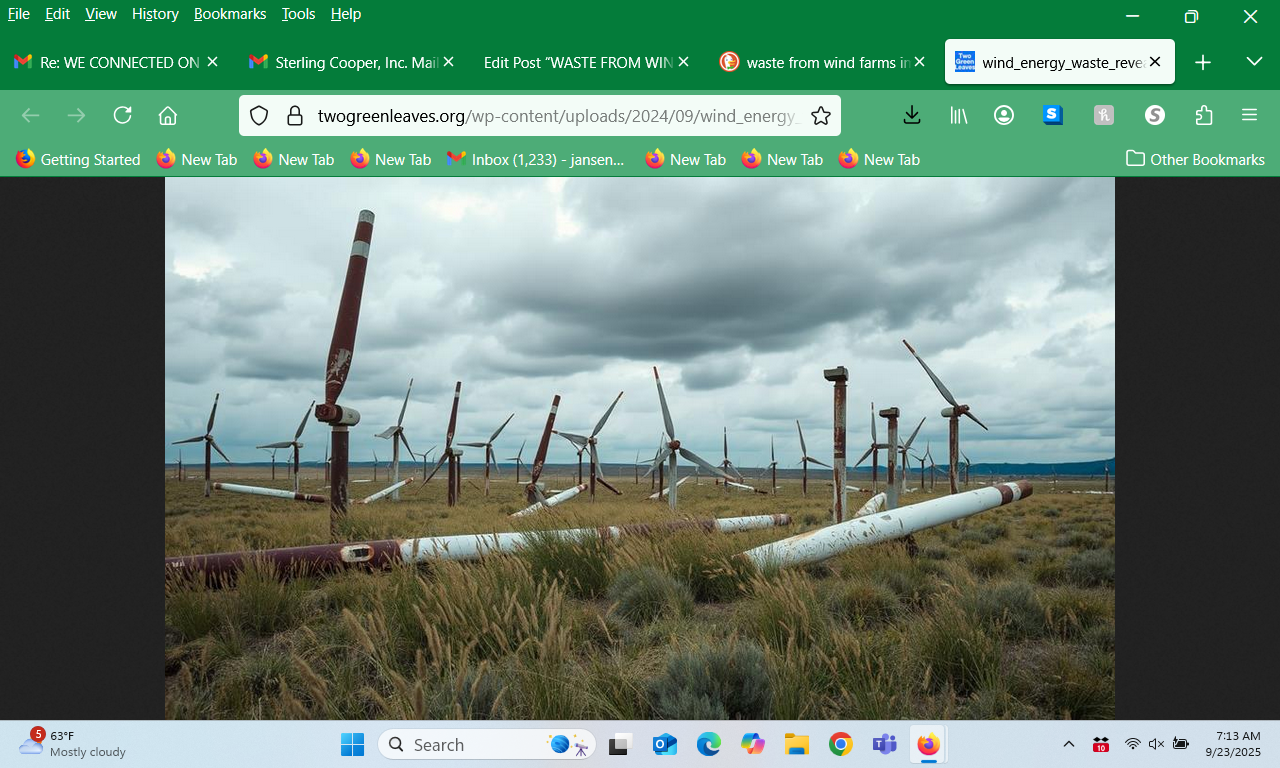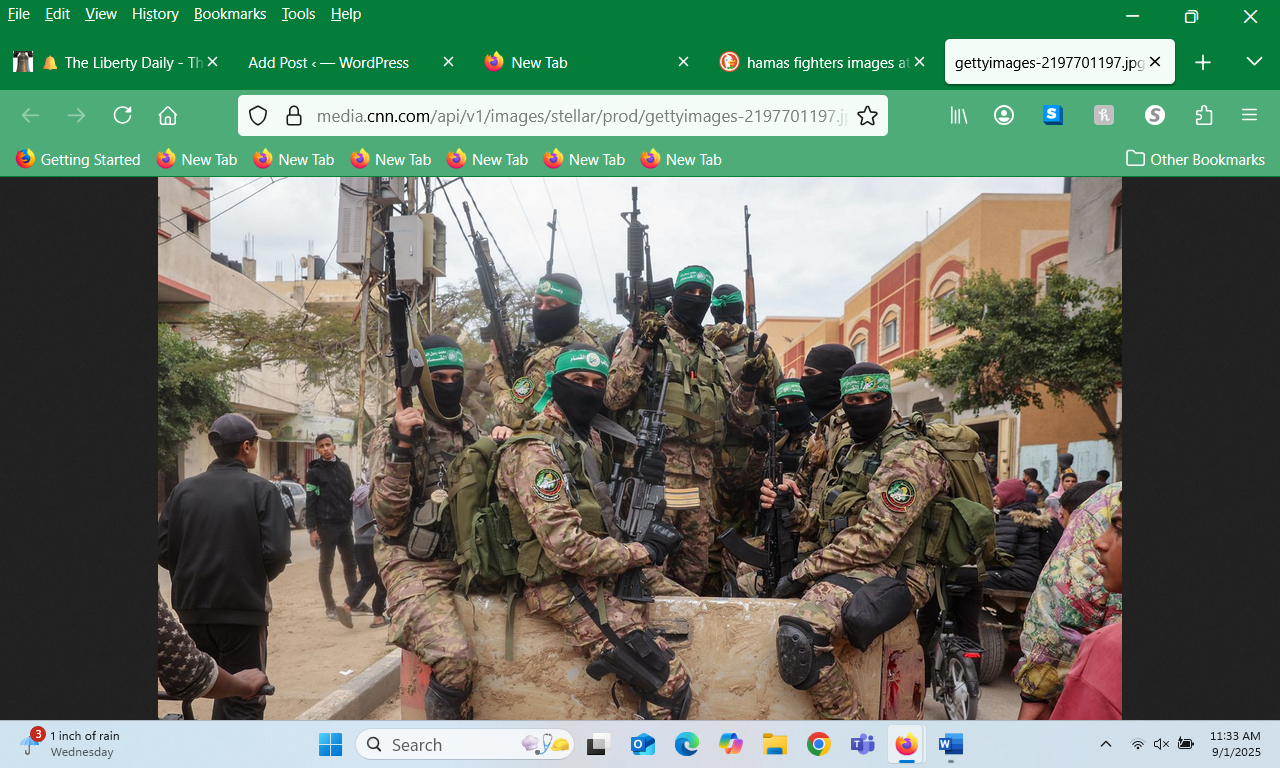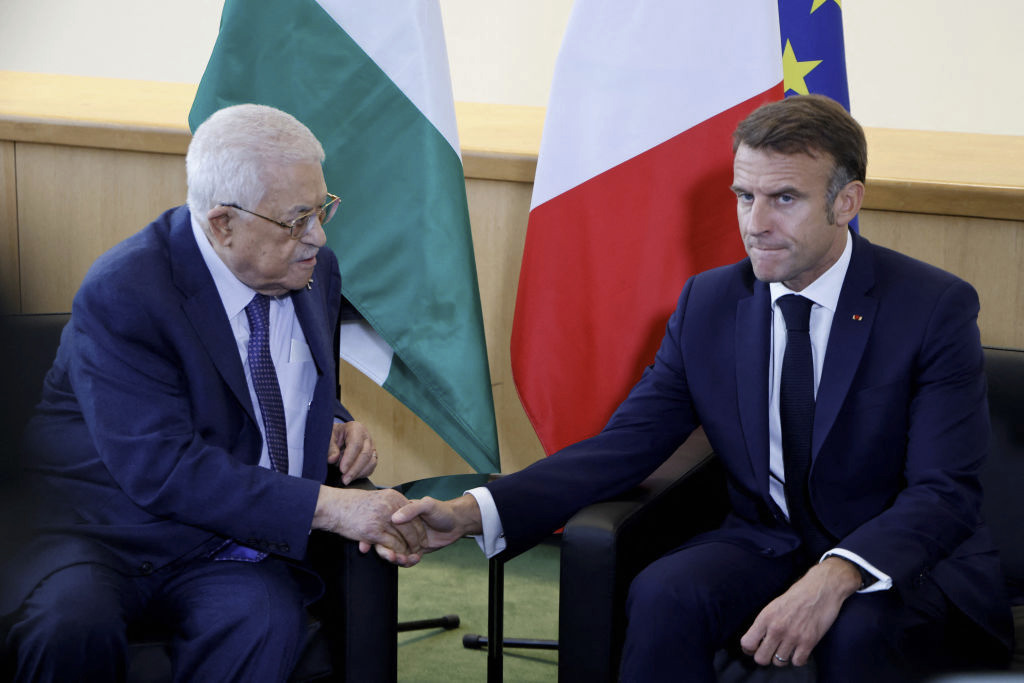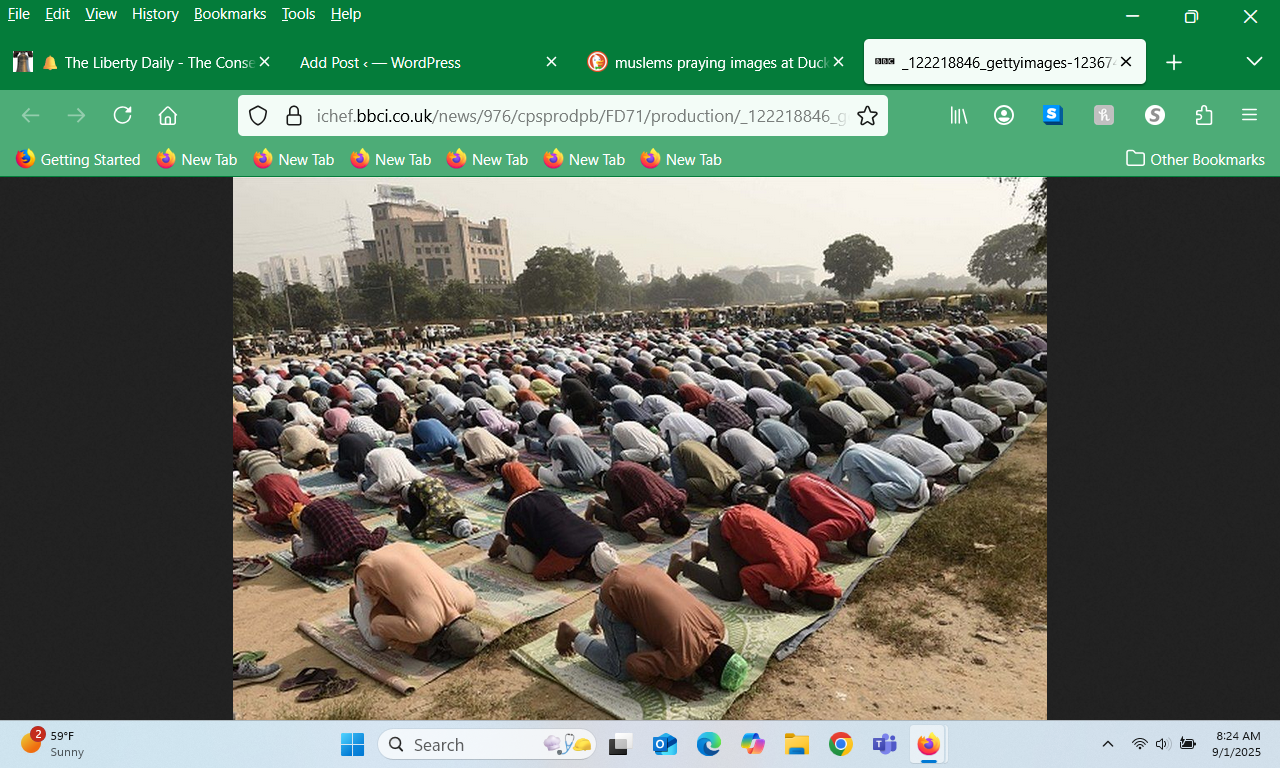Ukrainian intelligence has once again intercepted communications of the Russian military, in which a commander orders fire on his own troops, according to a post by the Defense Intelligence of the Ukrainian Ministry of Defense on Telegram.
Soldiers of the Defense Intelligence intercepted another conversation of the Russian military in the Donetsk region. The Russian commander orders the execution of subordinates who try to retreat from their positions.
“There’s no way to retreat, none! No one is retreating anywhere, d*** it! I’m telling you again, d*** it: if anyone tries to run off, f****** shoot them. We are moving only forward, f****** h***, only forward, d*** it,” the Russian commander says.
In addition, Ukrainian intelligence emphasized in their post that the Russian troops will face just retribution for every crime committed against the Ukrainian people.
Defense Intelligence interception
Earlier, we reported that Ukrainian intelligence intercepted a conversation of the Russian forces in which they admitted to maiming their own soldiers when they tried to flee the battlefield. From the conversation, it appears that their comrade with broken limbs would be used as “bait” for the Ukrainian Armed Forces.
The Defense Intelligence of the Ministry of Defense previously published a conversation in which a relative of one of the Russian military revealed that out of 25 Russian soldiers in the war against Ukraine, only two remained alive.
In addition, the Defense Intelligence published a recording of the Russian military’s conversations in which a Russian commander in the Novopavlivka direction orders his subordinates to force Ukrainian soldiers to surrender and then kill them.
PUTIN IS SURE WINNING THE HEARTS OF HIS PEOPLE!








 Wind Waste Plagues Countries That Shelled Out for “Green Energy”
Wind Waste Plagues Countries That Shelled Out for “Green Energy”






